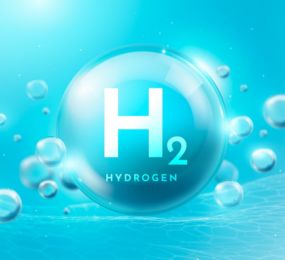The Importance of O&M Involvement Across the Lifecycle
Plans for Operations and Maintenance
The O&M Plan is often a formal document that explains how the system should be safely run on a daily basis. It describes how the system will operate while conforming to permit requirements and protecting public health. The plan should include a detailed explanation of the system's resources and treatment procedures. The O&M plan specifies the daily operating and maintenance processes. Examples of record-keeping and emergency response protocols should be included.
The O&M Plan should be developed in such a way that a person who is familiar with the operation of water assets can comprehend how to operate and maintain the system to provide the required level of service (including staying in compliance with all regulations). The plan should define the staff's operational and maintenance roles and duties.
An O&M Plan is a tool for:
1. improving dependability,
2. lowering costs and planning for the future,
3. meeting current and future regulatory needs,
4. training existing and future employees,
5. facilitating emergency response,
6. facilitating state sanitary surveys, and
7. guiding interactions with stakeholders.
The O&M Plan should assist in determining the necessary actions, the necessary timetable, how to undertake the tasks, the necessary equipment, and the related expenses.
State restrictions may dictate the format of the handbook. Plan criteria and complexity vary widely, so be careful to read the relevant guidelines. Typically, the plan comprises an introduction with general system information such as the system name, system identification number, address, contact information, system type, the person developing the plan, the completion date, and any later revisions or updates. System ownership, accountable officials, service region, population serviced, permit numbers, and operator certificates are examples of further information.
The plan should then specify the system's operations and maintenance requirements for each component.
The manual should include a section for each component of the system that includes operation and maintenance activities as well as asset-specific information such as records for asset categories, asset size and material, location information, manufacturer information, energy use information, operations procedures, preventive maintenance schedules, chemical names and suppliers, and storage capacities. Any form of written or electronic maintenance program must contain a means for documenting task completion so that a management may track maintenance activities and expenditures on an individual asset basis.
Visit our website to know more: https://bit.ly/3U9kPZ9
For more information and group participation, contact us: [email protected]
Leadvent Group - Industry Leading Events for Business Leaders!
















